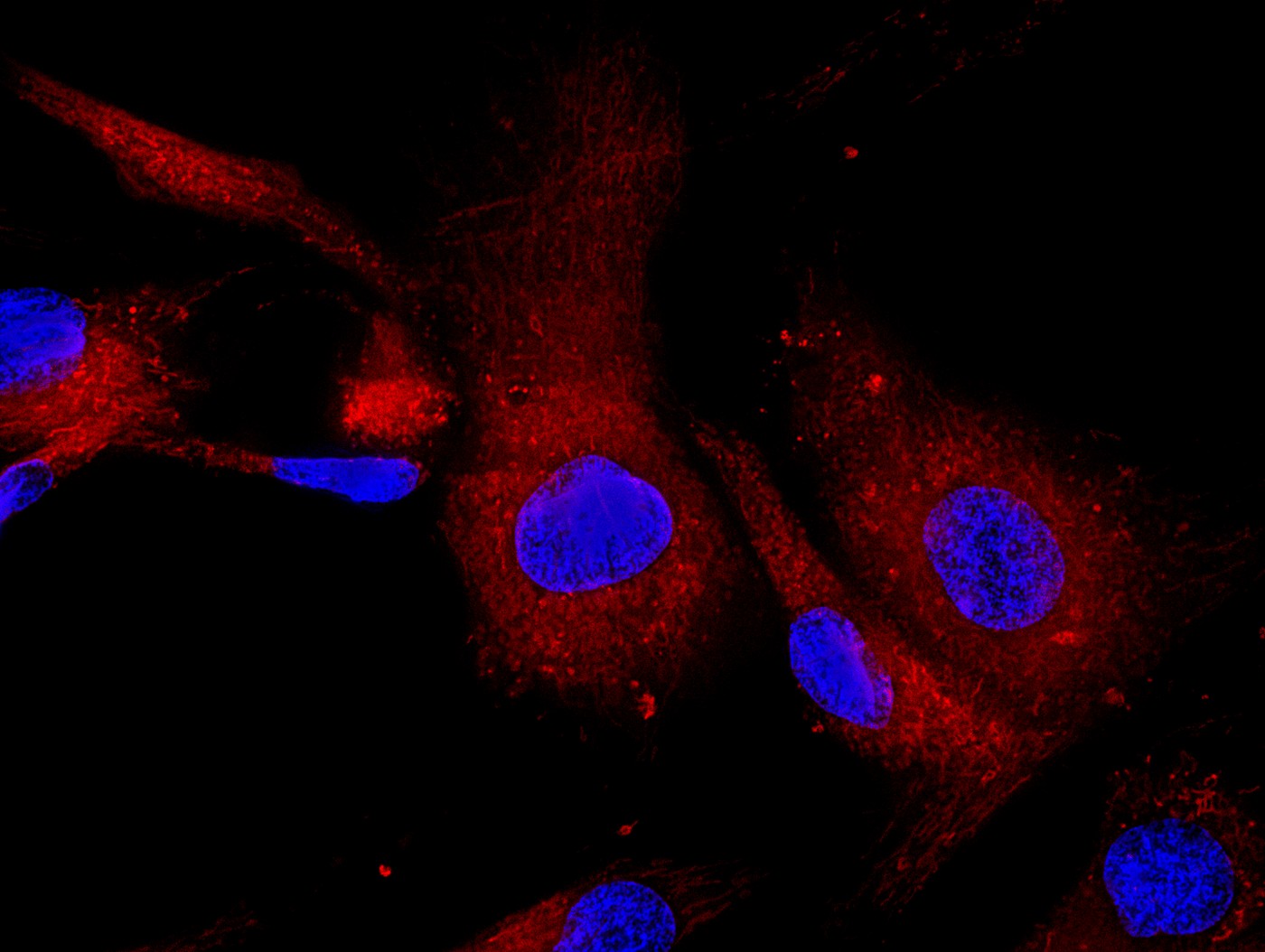Mitochondrial Dysfunction Seen as Cause of Sepsis-induced Muscle Weakness

A new study has identified mitochondrial dysfunction in satellite cells — a type of muscle stem cells — as a possible reason for the muscle weakness that often follows sepsis. The study, published in the journal Nature Communications, also found a way to rescue mitochondrial dysfunction related to sepsis, restoring muscle capacity in experimental animals. The study is titled “Sepsis induces long-term metabolic and mitochondrial muscle stem cell dysfunction amenable by mesenchymal stem cell therapy.”
Sepsis is a potentially life-threatening complication of an infection, in which the entire body experiences an inflammatory response. While mortality rates following sepsis — and the more serious septic shock — are falling, the severe neurological and muscular impairment that can result prevents patients from returning to a normal life.
Mitochondrial dysfunction is believed to contribute to the wide-ranging effects of sepsis, but the precise mechanisms of mitochondrial involvement in the loss of muscle capacity are not known. To better understand the role played by mitochondrial dysfunction, the research team, led by Prof. Fabrice Chrétien from the Institut Pasteur, France, investigated muscle stem cells, known as satellite cells, following sepsis in mice.
The team found that the satellite cells had a very low level of mitochondria following sepsis. These cells, which normally develop into muscle following injury, had enough mitochondria to survive but not enough to multiply and develop into muscle cells. A remarkable observation was that when the researchers transplanted mesenchymal stem cells in the mice, they observed that the mitochondrial levels and division capacity of the satellite cells were restored, without actually replacing the cells. Mesenchymal stem cells are known for their immunomodulatory properties, and the team also observed an improvement in inflammation-related symptoms such as fever, levels of circulating inflammatory markers, and muscle tone. After the mesenchymal cells performed their work, they were eliminated by the organism.
In a press release, the scientists said they hope to continue to investigate these mechanisms in humans. But to do so, the team first will have to confirm that it can find the same kind of tissue damage in humans, a project that is due to begin shortly.
If these results turn out to be valid in humans, the findings could revolutionize the treatment of post-sepsis symptoms associated with mitochondrial dysfunction. Mesenchymal stem cells are easily cultured and have been used clinically in stem cell therapy for more than 10 years.






